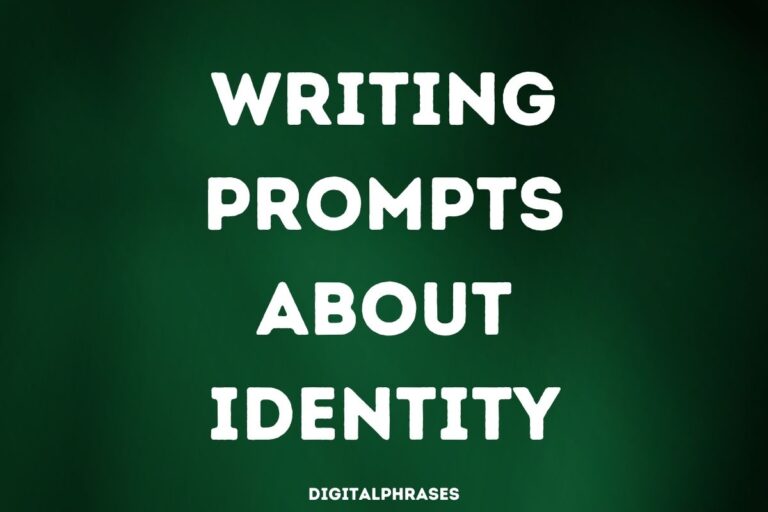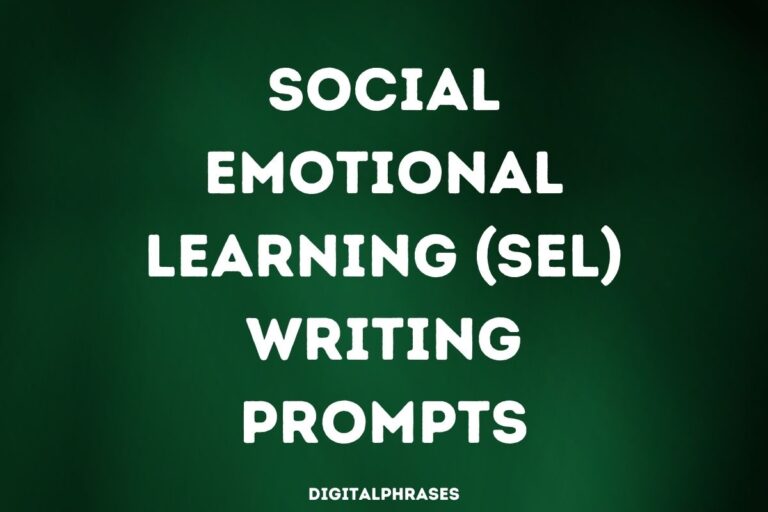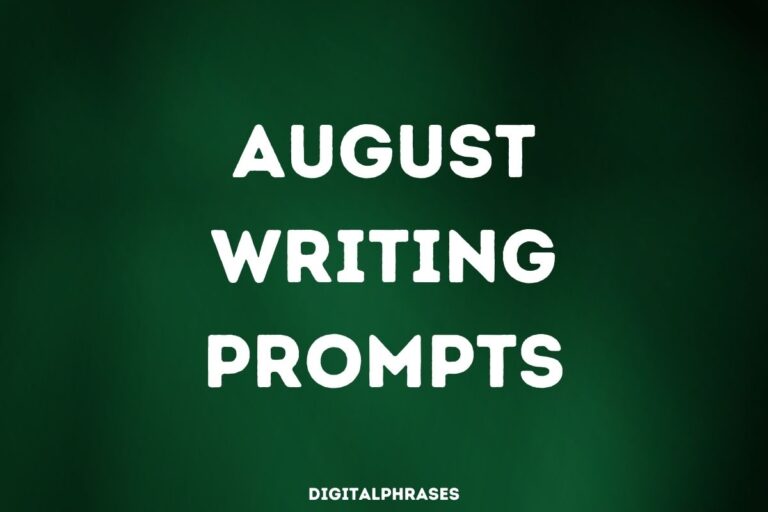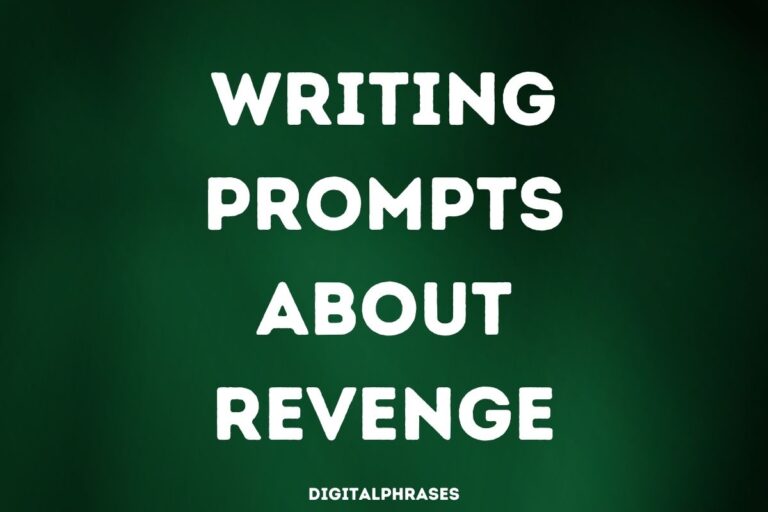25 Writing Prompts about Ancient Egypt
Buckle up for a trip back in time to awesome Ancient Egypt.
This civilization along the Nile River is like a giant mystery box – full of pharaohs, pyramids, hieroglyphics, crazy gods, and tons more. It’s basically a goldmine for anyone who wants to write something cool.
So, if you’re into history or just need a kickstart for your imagination, this is the place for you.
We have got some amazing writing prompts about Ancient Egypt to get your creative juices flowing.
Think of it as your personal time machine fueled by papyrus and ink.
Let your imagination run wild through the desert sands and explore a land of pharaohs, gods, and epic stories waiting to be brought back to life by you!
25 Writing Prompts about Ancient Egypt
The Day in the Life of a Pharaoh: In the ancient world, the Pharaoh was the most powerful figure in Egypt, regarded as a living god. In this prompt, explore the daily life and rituals of a Pharaoh – his duties, interactions, beliefs, and ceremonies. Describe the Pharaoh’s responsibilities and the daily decision-making process that impacted the entire civilization. Describe a single day from the perspective of a Pharaoh, detailing the challenges and privileges that come with this revered position.
The Building of the Pyramids: Few architectural feats are as famous or as mystifying as the Pyramids of Egypt. Imagine you are a scribe assigned to document the construction process. Dive into the process of quarrying, transport, and the precise assembly of these massive structures. Write a detailed account of the planning, organization, and actual construction of the pyramids, as recorded by a scribe.
The Life of a Priestess in the Temple of Isis: The religious institutions of Ancient Egypt were complex and deeply ingrained into society. Among these, the priestesses held an important role, especially in the cult of Isis. Pen a narrative of a priestess’ life – her training, duties, beliefs, and the influence she wielded within her society.
Deciphering Hieroglyphs: Hieroglyphs were the formal writing system used in Ancient Egypt, containing a combination of logographic, syllabic, and alphabetic elements. Suppose you are an ancient Egyptian scholar tasked with teaching this complex system to the next generation. Craft a story centered around the teaching and learning of hieroglyphs, revealing its complexities and importance in maintaining historical records.
An Ancient Egyptian Courtroom: The Ancient Egyptian legal system was incredibly advanced for its time, with laws covering a wide range of actions and penalties. Imagine you are a scribe in a high-profile court case involving a dispute between two noble families. Write an account of the court proceedings, displaying the legal customs, procedures, and the principles of justice in Ancient Egypt.
A Trade Expedition to Punt: Ancient Egyptians conducted many trade expeditions to the land of Punt, known for its wealth in gold, aromatic resins, ebony, ivory, and wild animals. As the leader of one such expedition, document the journey, the negotiations, and the cultural exchanges. Describe an expedition to Punt, focusing on the challenges of the journey, the thrill of discovery, and the importance of trade in establishing diplomatic relationships.
The Role of Women in Ancient Egyptian Society: Women in Ancient Egypt had more rights and a higher status than in many other ancient civilizations. As an Egyptian woman of influence, describe your daily life, your responsibilities, and the social expectations you navigate. Write about the experiences, freedoms, and challenges of a woman in Ancient Egypt, offering insights into the unique gender dynamics of the time.
The Festival of the Nile: The Nile River was a life source for Ancient Egypt, and its annual flood was celebrated with grandeur. As a celebration planner, detail the preparations and rituals involved in celebrating this essential natural event. Write a vivid narrative of the Nile Festival, illustrating the grandeur, the significance of the flood, and the religious and societal importance of this event.
The Artistry of Ancient Egypt: Ancient Egyptian art, known for its stylistic conventions and symbolism, was intrinsically linked to their religious beliefs and political structures. Imagine you are an artisan tasked with creating a wall painting for a pharaoh’s tomb. Describe the process of creating this art, the symbolism involved, and the societal role and perspective of an artist in Ancient Egypt.
Medicine and Healing in Ancient Egypt: The ancient Egyptians had an advanced understanding of human anatomy and were pioneers in medicine and surgery. Suppose you are a physician in the service of a Pharaoh. Write a detailed account of a medical mystery you’re trying to solve, elucidating the diagnostic and healing methods of ancient Egyptian medicine.
The Battle of Kadesh: Often described as the largest chariot battle ever fought, the Battle of Kadesh was a significant event in the history of Ancient Egypt. Assume the role of a military strategist and describe your experience. Write a suspenseful narrative of the Battle of Kadesh, detailing the strategies, action, and the aftermath from a military strategist’s perspective.
The Process of Mummification: Mummification was an essential part of the ancient Egyptian belief system, designed to prepare the deceased for the afterlife. Suppose you are a professional embalmer explaining the process to an apprentice. Write about the intricate and sacred process of mummification, the beliefs underpinning it, and the impact it had on the society’s understanding of life and death.
The Reign of Hatshepsut: Hatshepsut, one of the few women to reign as a Pharaoh, is known for her successful and peaceful rule. As a close advisor to Hatshepsut, chronicle her reign. Write a compelling narrative about Hatshepsut’s reign, detailing her political strategies, accomplishments, and the challenges she faced as a woman in power.
Life Along the Nile: The Nile was the lifeblood of ancient Egypt, providing sustenance and enabling agriculture and transport. Imagine you are a farmer living along the Nile. Write a story of a year in the life of an Egyptian farmer, highlighting the Nile’s significance and detailing the agricultural practices of the era.
The Invention of Papyrus: Papyrus, invented in ancient Egypt, was a crucial medium for writing and record-keeping. Suppose you are a scribe witnessing the invention and the first use of this material. Craft a story centered on the invention of papyrus, describing its impact on communication, education, and administration.
The Worship of Cats: Cats were highly revered in ancient Egyptian society, and many deities were depicted with lioness or cat-like features. Assume the role of a priest in the Temple of Bastet, a goddess often depicted as a lioness or a domestic cat. Write a narrative about the role of cats in religious practices and daily life in Ancient Egypt, exploring the society’s unique relationship with these animals.
The Grand Library of Alexandria: The Library of Alexandria was one of the largest and most significant libraries of the ancient world. Suppose you are a scholar visiting the library for the first time. Describe your experience discovering the vast repository of knowledge, the bustling intellectual life, and the importance of this institution in the Hellenistic age.
The Power of the Egyptian God Amun-Ra: Amun-Ra, the king of the gods and god of the wind and sun, held an influential place in Ancient Egyptian religion. As a high priest in the Temple of Amun-Ra, delve into the ceremonies, beliefs, and influence related to this deity. Write a narrative that sheds light on the worship of Amun-Ra, elucidating the rituals, societal impact, and the power dynamics involved in his worship.
Ancient Egyptian Education System: Education was an important aspect of Ancient Egyptian society, with knowledge passed through specialized training and apprenticeships. Imagine you are a teacher in a scribal school in Thebes. Write an account of your daily routine and teaching methods, exploring the educational values and practices of Ancient Egypt.
The Secret Rituals of the Isis Cult: The cult of Isis, the goddess of magic and life, had secret rituals known only to initiated members. Suppose you are an initiate preparing for your first major ritual. Write a story detailing your anticipation, the initiation process, and the secretive rituals of the Isis cult.
Ancient Egyptian Mythology and Storytelling: Myths and stories were an essential part of Ancient Egyptian culture, used to explain natural phenomena, cultural practices, and historical events. As a revered storyteller, narrate one of your favorite myths to a gathered audience. Write a compelling Egyptian myth that illustrates their worldview, and describe the audience’s reactions and discussions following your narration.
The Discovery of King Tutankhamun’s Tomb: The discovery of Tutankhamun’s tomb by Howard Carter in 1922 was one of the most significant archaeological finds of the 20th century. Imagine you are a part of Carter’s excavation team. Write a thrilling account of the discovery of King Tutankhamun’s tomb, detailing the initial discovery, the unsealing, and the revelation of the treasures within.
The Cult of the Apis Bull: The Apis Bull was a sacred animal in Ancient Egypt, believed to be a living manifestation of the god Ptah. As the caretaker of the Apis Bull, describe your responsibilities and the rituals associated with the animal. Write about the life and ceremonies related to the Apis Bull, exploring the society’s complex relationship with animals and their deification.
Nefertiti and the Era of Amarna: Nefertiti, the queen of Egypt and wife of Pharaoh Akhenaten, lived during an era of significant religious and cultural change. Suppose you are a close confidante of Nefertiti. Write a narrative about the Amarna period, its religious changes, and the role of Nefertiti, offering an intimate look at this transformative era in Ancient Egypt.
The Profession of Tomb Robbing: Despite severe penalties, tomb robbing was a frequent occurrence in Ancient Egypt due to the wealth buried with the deceased. As an Egyptian caught in the desperate act of tomb robbing, describe your motivations, fears, and the moral dilemmas you face. Write a suspenseful tale of an illicit expedition into a Pharaoh’s tomb, bringing to light the socioeconomic disparities of the era.






